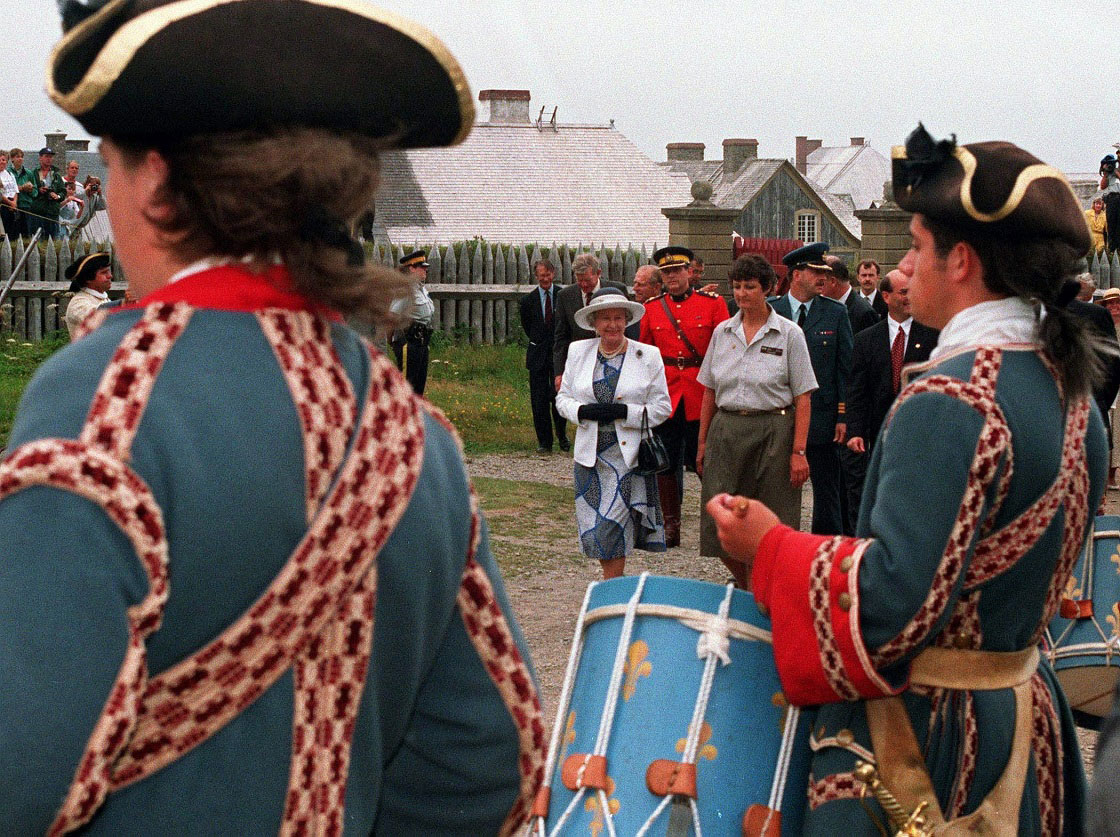Some anthropology students from the University of New Brunswick have been called in to excavate a 300-year-old graveyard in Cape Breton — before the historic site is claimed by the Atlantic Ocean.

For more than a week, the 12 students have been exhuming artifacts and remains from the burial ground just outside the gates of the Fortress of Louisbourg National Historic Site.
READ MORE: 12,000-year-old Marysville artifacts give Indigenous people glimpse of the past
Parks Canada adviser David Ebert says five sets of skeletal remains have been found so far.
He says laboratory testing will be used to determine their age, sex and how healthy they were when they died.
Other testing could be used to determine where they came from.
WATCH: Turcot Interchange archaeology dig

Parks Canada has referred to the project as rescue archaeology because coastal erosion is threatening to wash away much of the 18th-century burial site.
The five-year project will document and protect the burial grounds at Rochefort Point, where the shoreline has retreated about 90 metres over the past three centuries.




Comments